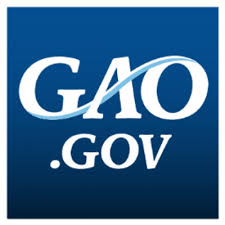Profile of Nominee to Head CMS
President-elect Donald Trump has nominated Seema Verma, a health care consultant, to serve as administrator of the Centers for Medicare & Medicaid Services. That agency runs the Medicare and Medicaid programs.
 In this capacity she would have enormous influence on the development of new Medicare and Medicaid initiatives, including many proposals for change from the incoming administration and Congress – all matters of vital concern to Pennsylvania safety-net hospitals.
In this capacity she would have enormous influence on the development of new Medicare and Medicaid initiatives, including many proposals for change from the incoming administration and Congress – all matters of vital concern to Pennsylvania safety-net hospitals.
Go here to see a Kaiser Health News profile of Ms. Verma and learn more about her past work, especially on Medicaid issues.
 Further, the study suggests,
Further, the study suggests,
 Meanwhile, a growing body of research has documented that the anticipated impact of serving socioeconomically challenged patients is real and more and more people are joining the call for Congress or CMS to address the problem.
Meanwhile, a growing body of research has documented that the anticipated impact of serving socioeconomically challenged patients is real and more and more people are joining the call for Congress or CMS to address the problem.

 In a new report based on FY 2013 and FY 2014 data, the GAO found that
In a new report based on FY 2013 and FY 2014 data, the GAO found that Among other matters, the 764-page proposed regulation addresses:
Among other matters, the 764-page proposed regulation addresses: